Neanderthal and Cro-Magnon: What’s the Real Difference?
Over the past century, paleontologists and archaeologists have made groundbreaking discoveries, unearthing the remains of various hominins throughout Europe. These findings have not only shed considerable insight into the continent’s ancient inhabitants but also sparked a wave of fascination and intrigue among researchers and enthusiasts alike.
Two particular groups that thrived throughout Europe for extended periods in prehistory were the Neanderthals and the Cro-Magnons. But what are the real differences between these two hominin groups?
The First Cro-Magnon Discovered in Europe
Over 150 years ago, a geologist named Edouard Lartet came across a groundbreaking discovery after unearthing the remains of modern humans dating back to the upper Pleistocene period.

Source: Wikimedia
He discovered the skeletal remains of four adults and one infant, who are thought to be around 30,000 years old, within a small limestone cave just outside a small French village called Les Eyzies.
Sophisticated Cro-Magnon Found in France
A thorough examination of the site suggested these ancient hominins were more than primitive beings. They were relatively sophisticated, intentionally buried with grave foods, including necklaces crafted from shells and animal teeth.
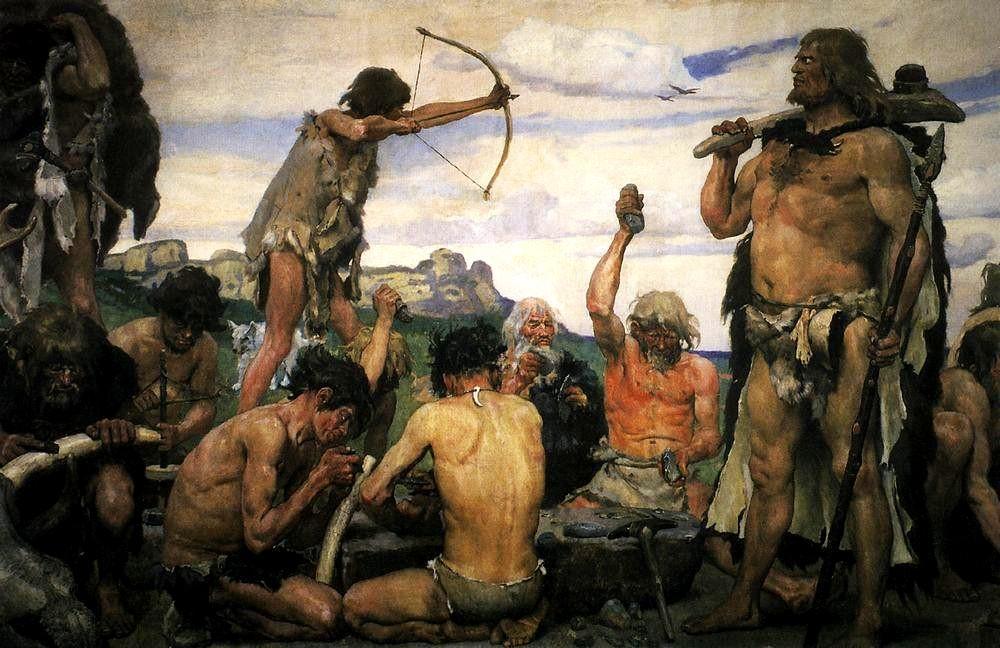
Source: Wikimedia
Scientists later dubbed the site Cro-Magnon 1, a precursor to the name Homo-sapiens, which all modern humans belong to.
Researchers Examine the Cro-Magnon Remains Found in France
Researchers were able to discern that one of the male skeletons lived to be around 50 years old. During his life, it appears he suffered from an enervating fungal infection.
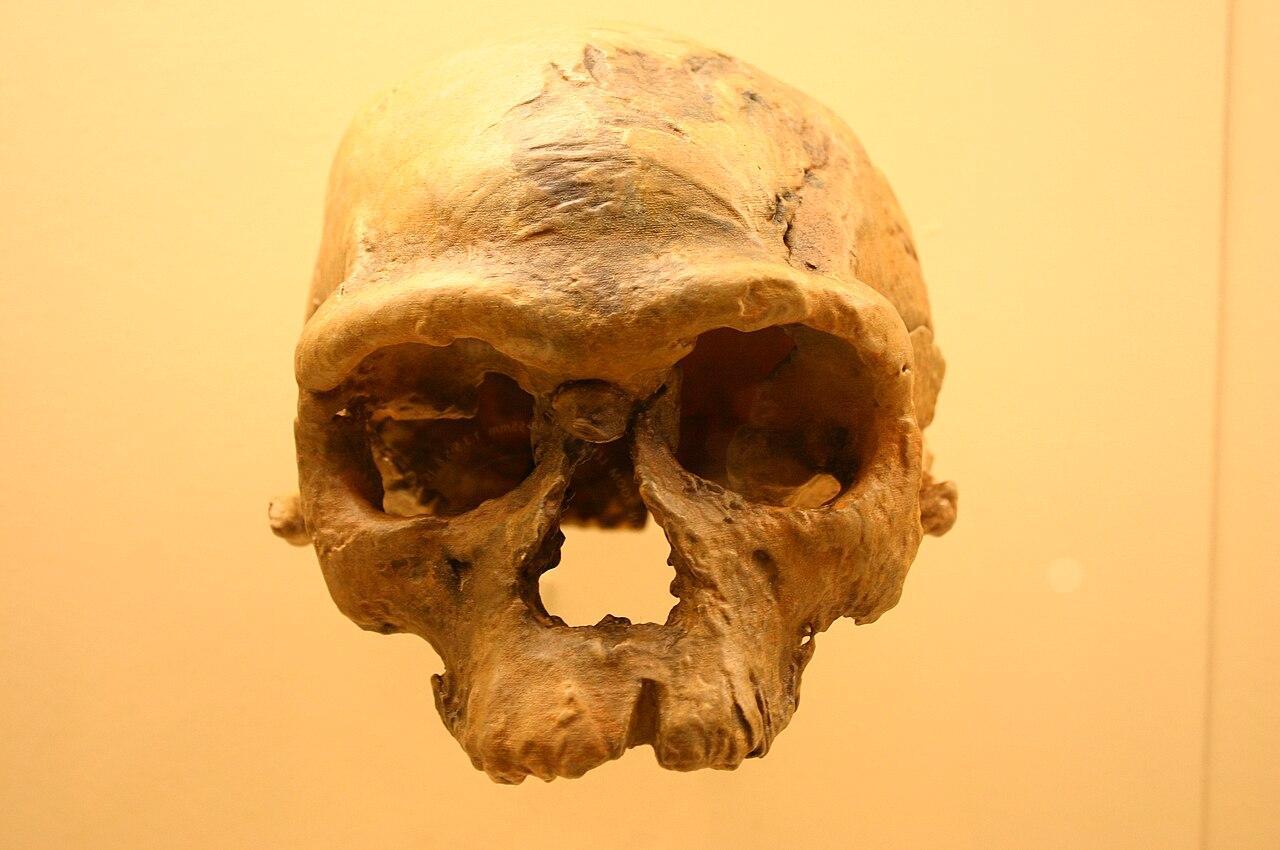
Source: Wikimedia
Upon further investigation of the remains, researchers noticed several of the skeletons had fused spines, which suggested they experienced a “traumatic injury” at some point during their life.
Neanderthals in Europe
Despite the fascination with early Cro-Magnons in Europe, it’s important to remember they weren’t the only hominins to inhabit the continent. The Neanderthals, another group that has captivated the imagination of researchers over the last century, were a resilient species that managed to thrive in Europe for a significant period of time.
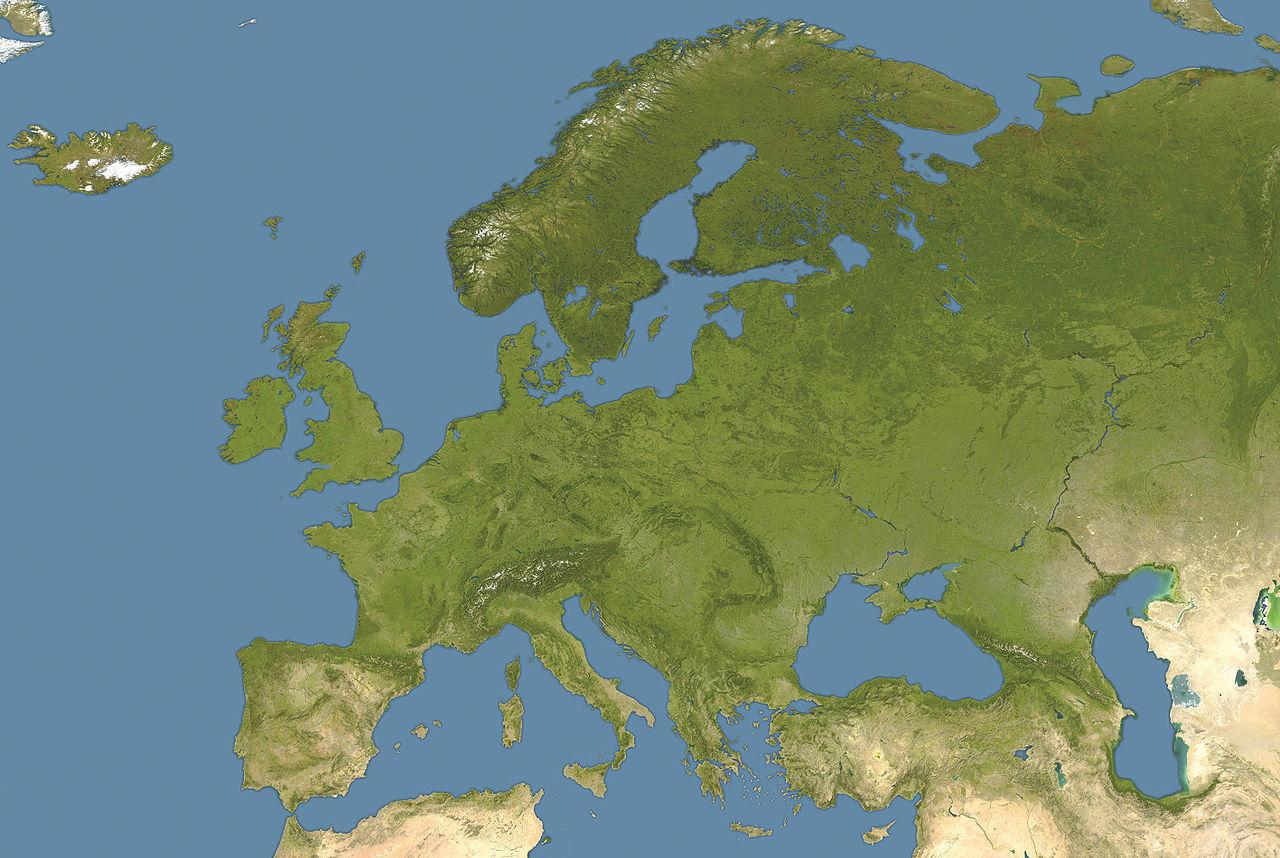
Source: Wikimedia
According to Chris Stringer, a paleoanthropologist at the London Natural History Museum, this species of hominin evolved in Europe for hundreds of thousands of years before the arrival of Homo sapiens.
Ancient Humans Arrived in Europe Over 200,000 Years Ago
Researchers conducted testing on the skeletal remains of Neanderthals discovered within a cave in Spain, which suggests the species may have arrived in Europe over 430,000 years ago.

Source: Wikimedia
As the first Cro-Magnon or modern human didn’t arrive in Europe until around 210,000 years ago, this suggests Neanderthals inhabited the continent for hundreds of thousands of years before Homo sapiens arrived.
The Differences Between Neanderthals and Cro-Magnons
While Neanderthals are our closest known relative, and ancient humans did mate with the members of the species, there would have been clear physical differences between the groups.

Source: Wikimedia
Just before the extinction of Neanderthals around 40,000 years ago, major differences between the latter and Homo sapiens would have been readily apparent, including their narrower and stockier build.
Neanderthals Evolved in Colder Environments
Regarding visible physical differences, Stringer explained that Homo sapiens had “a less voluminous rib cage.”

Source: Wikimedia
As Neanderthals evolved in a colder part of Earth, researchers explain this is why they had much shorter and stubbier extremities when compared to Homo species, who are thought to have evolved in Africa.
Significant Differences in Skull Shape
Another notable difference between the two species was the shape of their skull. Cro-Magnons evolved with a “higher and rounder” brian case.
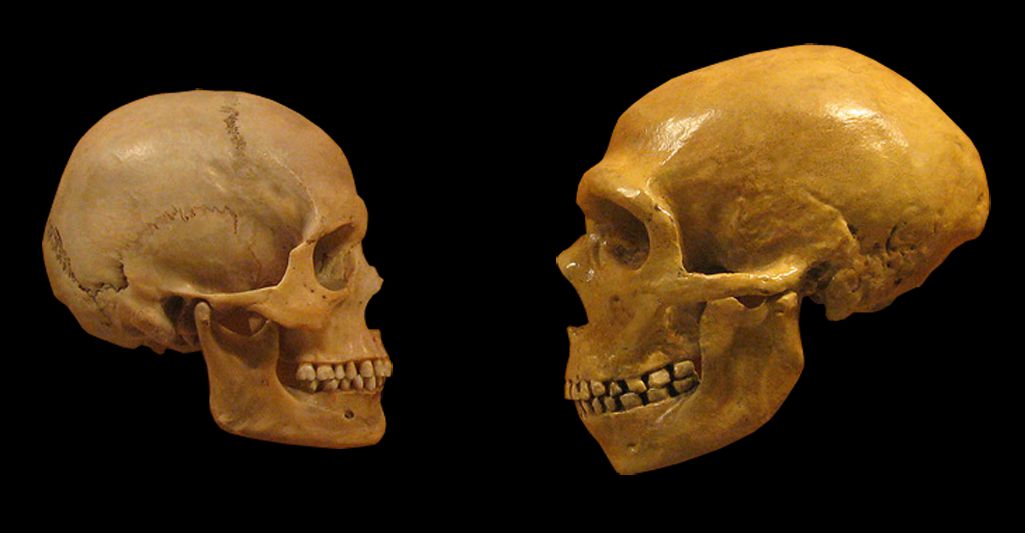
Source: World History/DrMikeBaxter
As far as facial features are concerned, early Homo sapiens had less pronounced eyebrows, and our ear bones are very different from those of Neanderthals.
Evolved From the Same Ancestor
Despite the noticeable physical differences between the two species, researchers propose that Homo sapiens and Neanderthals evolved from a common ancestor over half a million years ago.
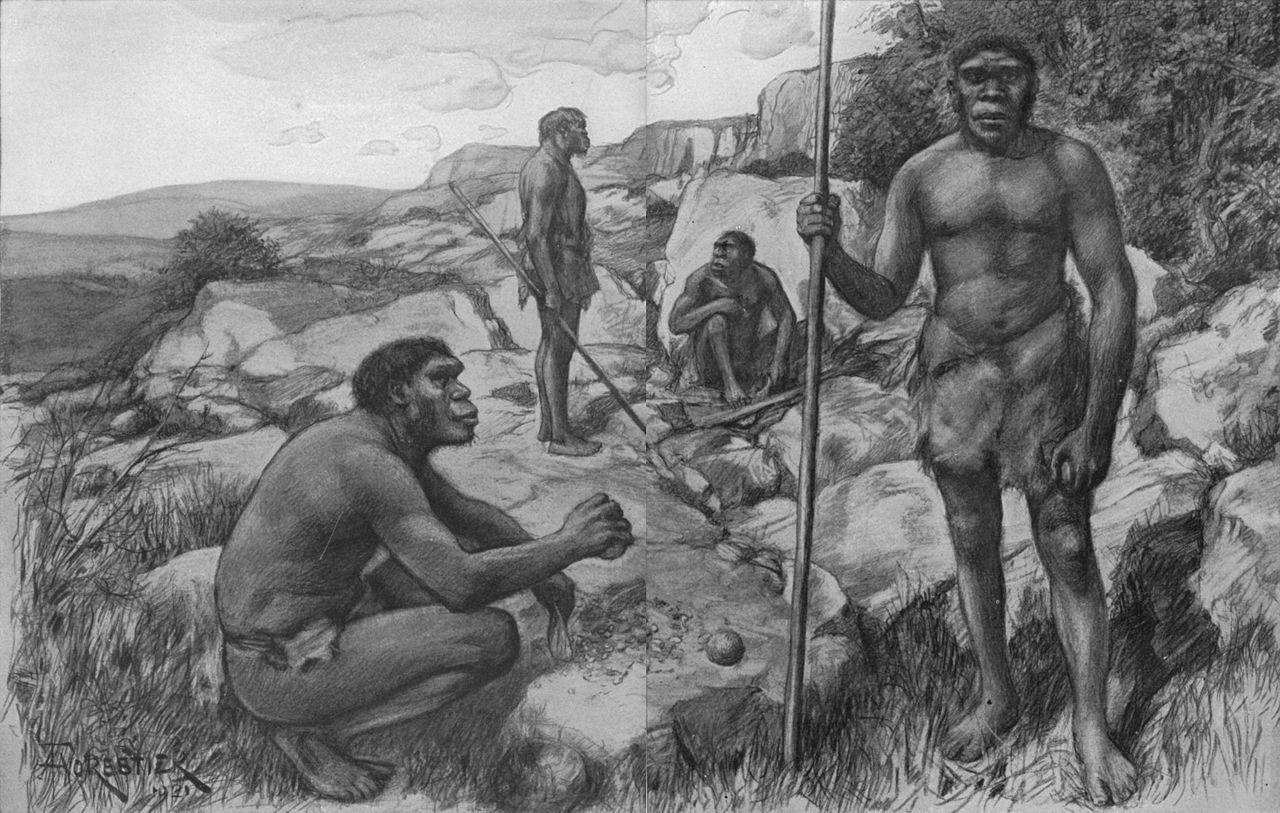
Source: Wikimedia
One of the oldest examples of Homo sapiens was unearthed in Africa and shared in a 2017 paper in Nature. The study reveals that a partial skull and skeleton were discovered at Jebel Irhoud in Morocco.
Why Did the Neanderthals Go Extinct?
Researchers once thought Neanderthals went extinct simply because they lacked the intelligence ascribed to early Homo sapiens, which allowed us to create tools and weapons geared towards longevity.
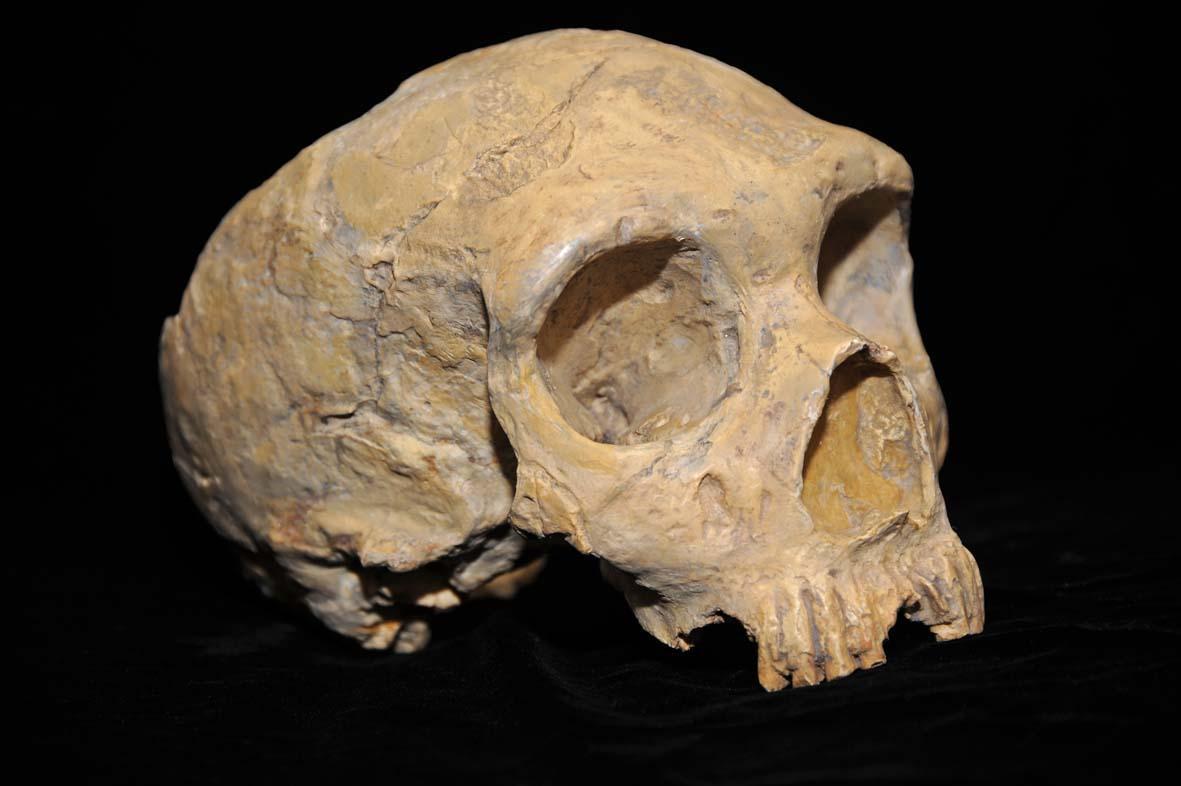
Source: Wikimedia
However, in recent years, this claim has been refuted as researchers have realized that Neanderthals were far more intelligent than once thought and even boasted sophisticated tools and weapons.
Neanderthals Were Eventually Absorbed Into Modern Human Populations
In the end, it appears the smaller numbers of Neandthals were eventually absorbed into the Homo-sapiens population, explains Joshua Akey, a professor at the Lewis-Sigler Institute at Princeton University
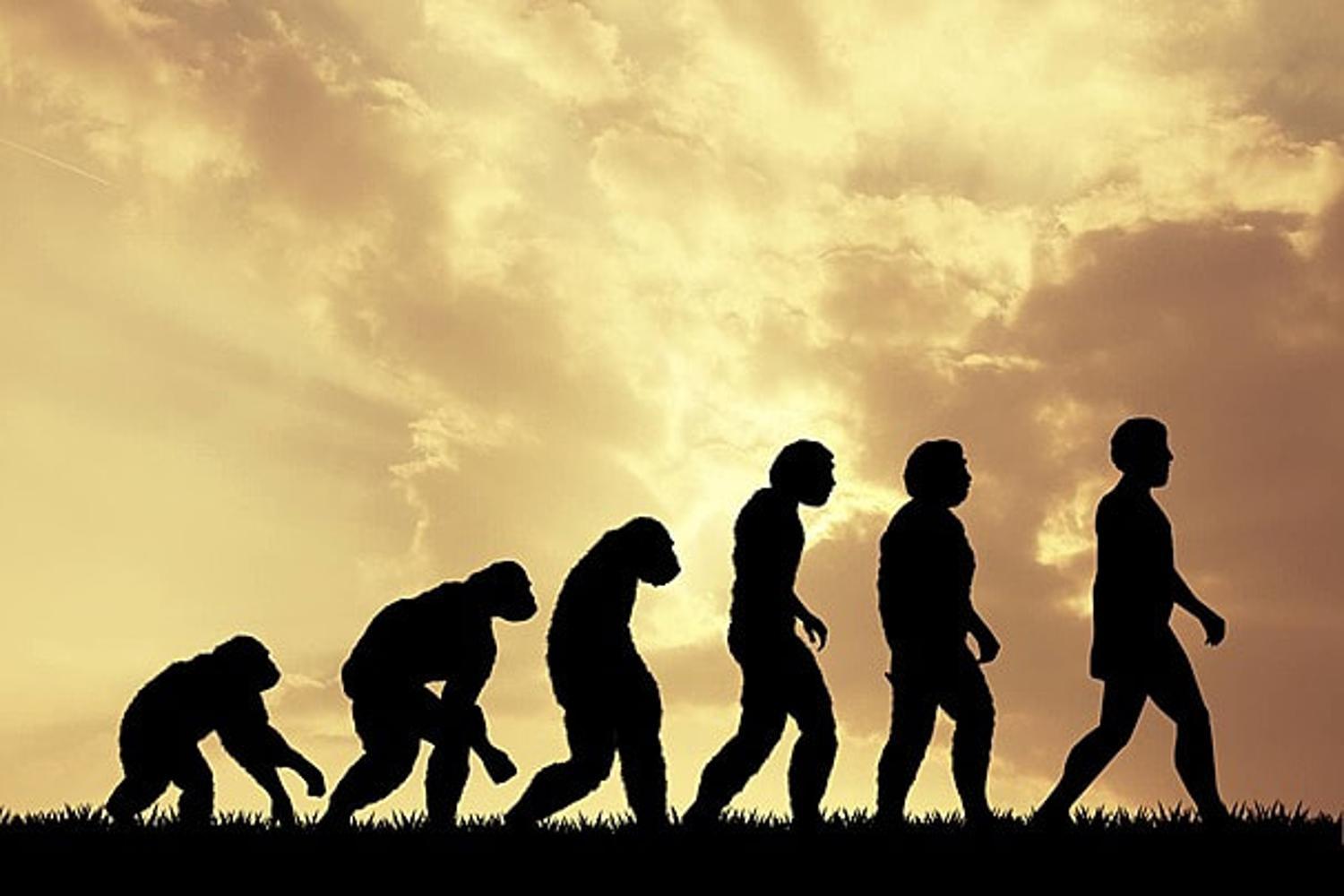
Source: Pngtree
“Human populations were larger, and like waves crashing on the beach, eventually eroded the Neanderthals, with the Neanderthal gene pool likely absorbed into the human population in the last wave of interbreeding,” he said.
